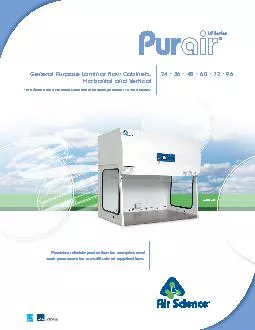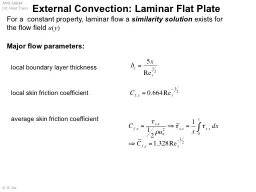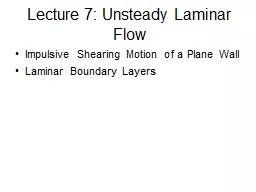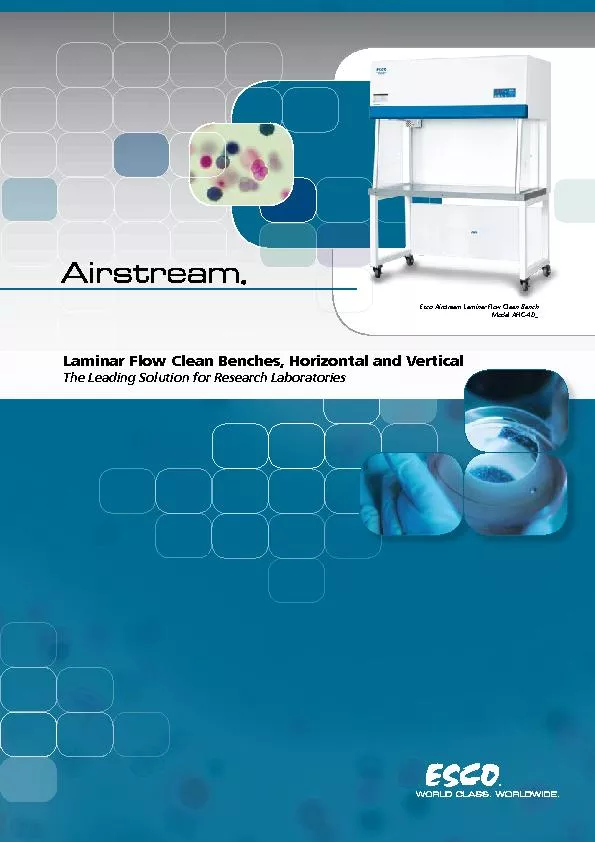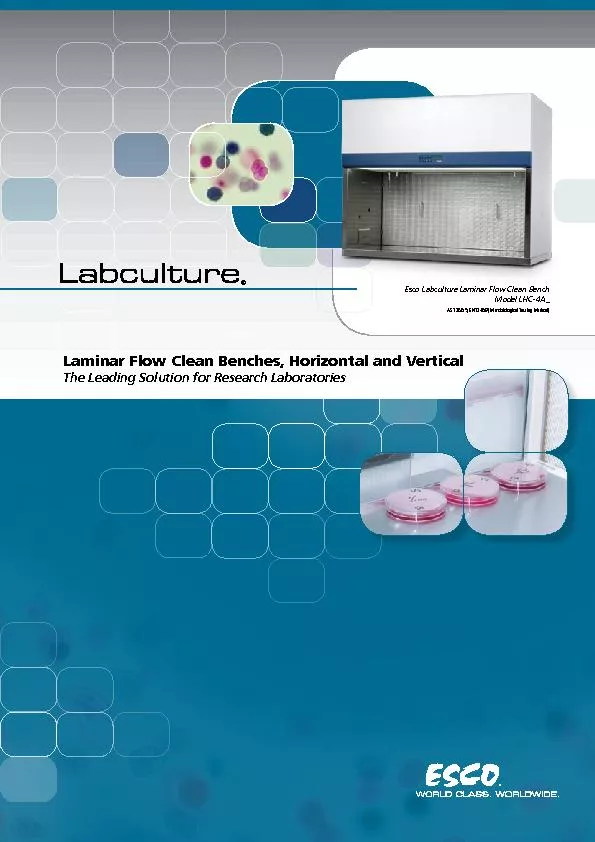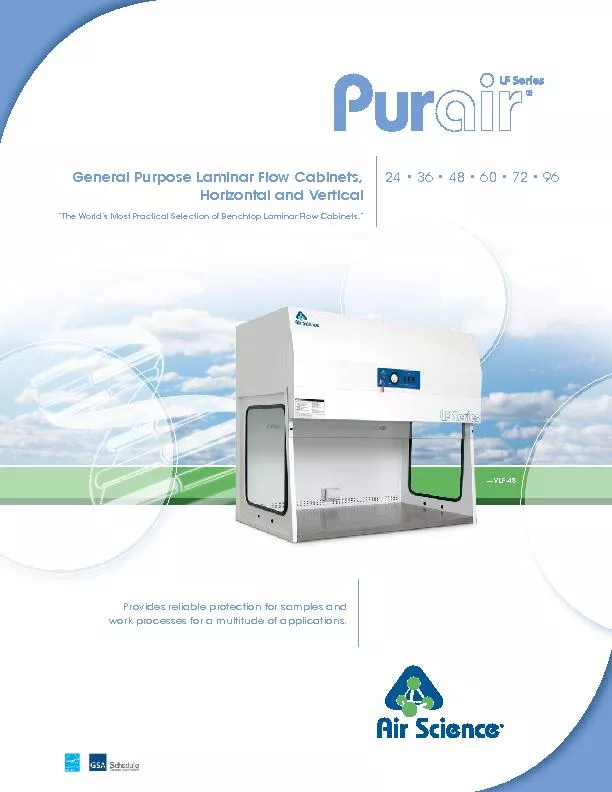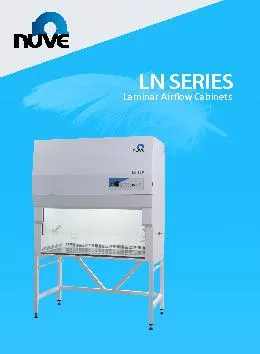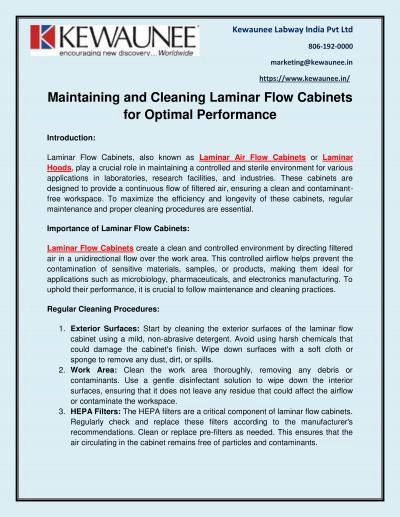PPT-Laminar Flow Cabinets
Author : faustina-dinatale | Published Date : 2016-05-20
Sterile Products Lab PHT 434 Definition Laminar flow cabinets are a carefully enclosed bench designed to Prevent contamination of biological samples or any particle
Presentation Embed Code
Download Presentation
Download Presentation The PPT/PDF document "Laminar Flow Cabinets" is the property of its rightful owner. Permission is granted to download and print the materials on this website for personal, non-commercial use only, and to display it on your personal computer provided you do not modify the materials and that you retain all copyright notices contained in the materials. By downloading content from our website, you accept the terms of this agreement.
Laminar Flow Cabinets: Transcript
Download Rules Of Document
"Laminar Flow Cabinets"The content belongs to its owner. You may download and print it for personal use, without modification, and keep all copyright notices. By downloading, you agree to these terms.
Related Documents


